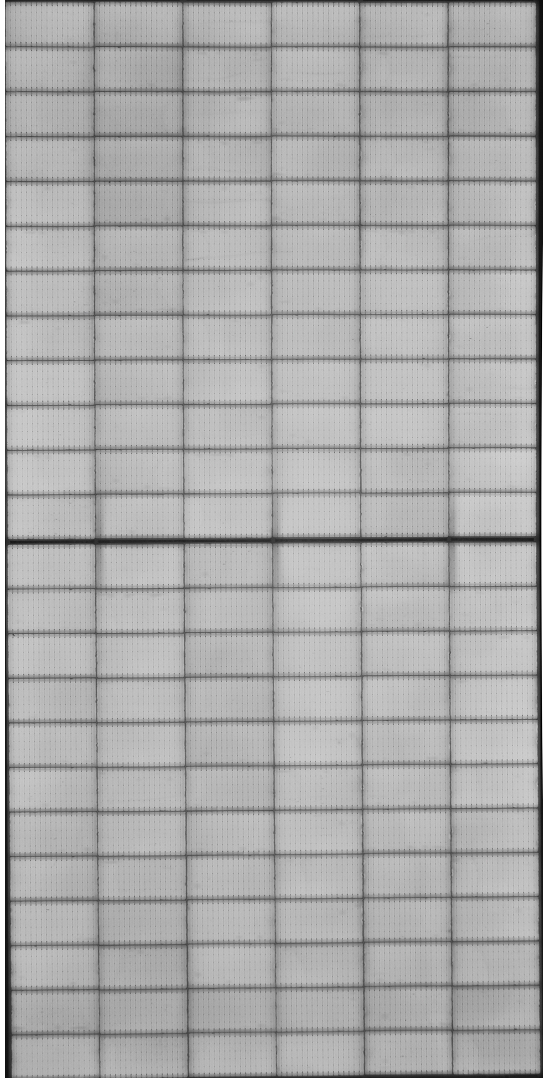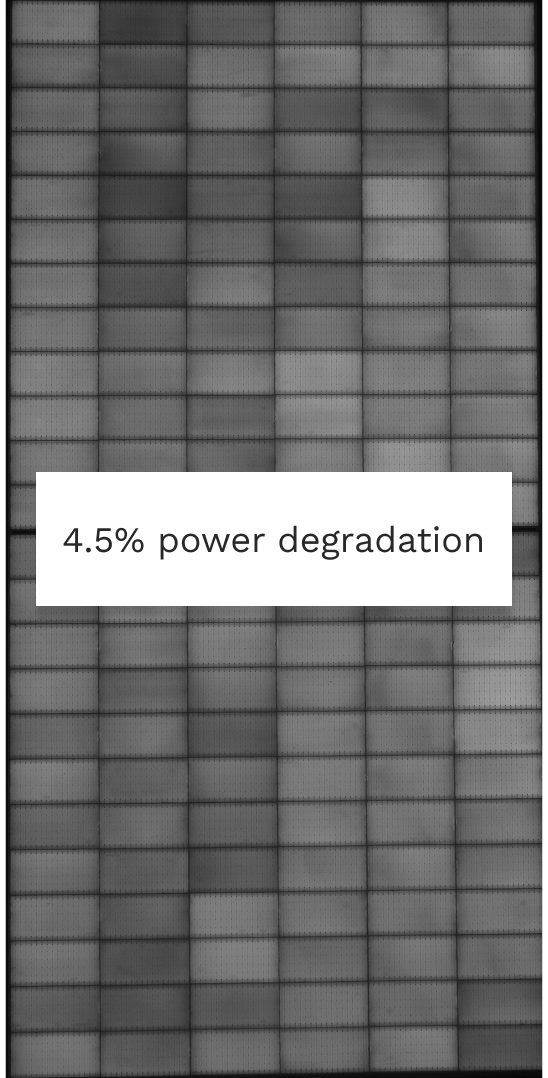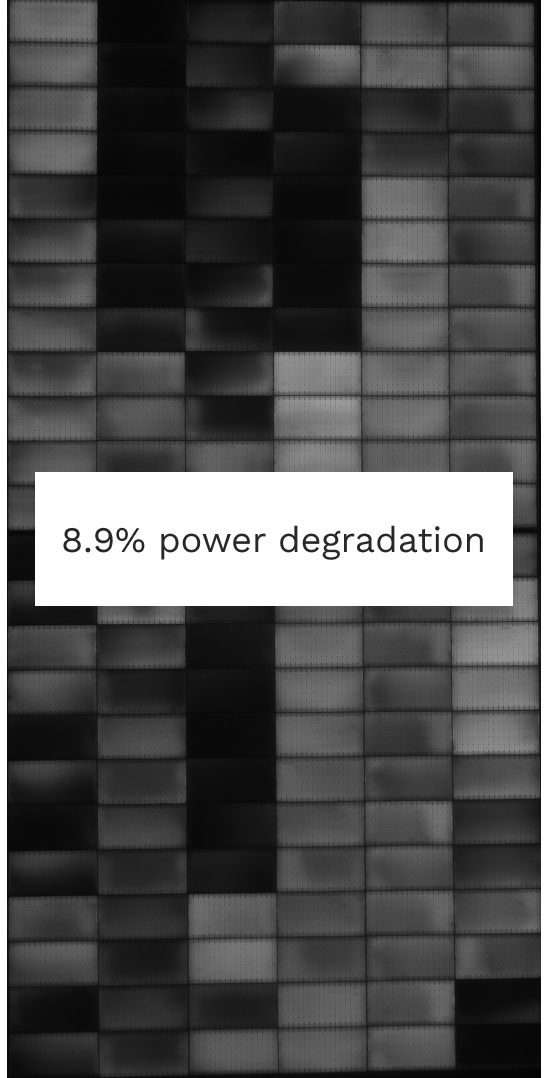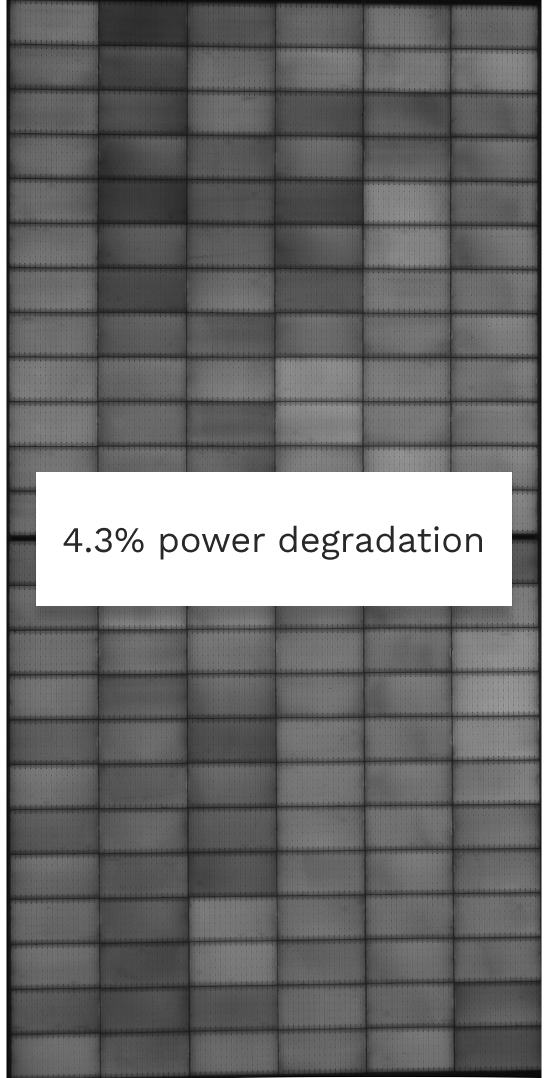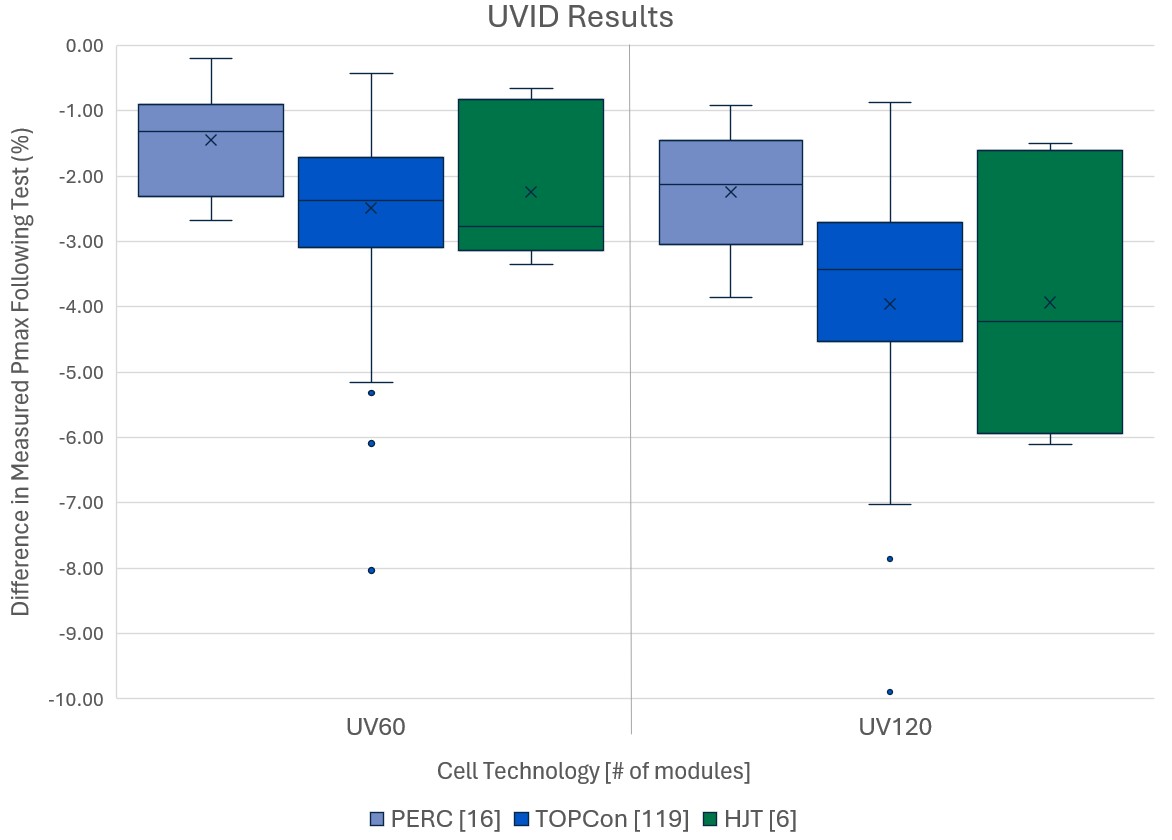This module degraded during UV testing, and then continued to degrade in dark storage. Some of the power loss recovered during a full-spectrum light soak. The EL images of UV-susceptible modules typically exhibit a ‘checkerboard’ pattern that is also seen in LETID-susceptible modules, indicating that cells are not uniformly affected by UVID stresses.
Key Takeaways
N-type is More Susceptible
UVID power loss is higher in n-type modules than p-type modules.
After testing more than 80 BOMs, the median power degradation was 3.1% and 4.2% for TOPCon and HJT BOMs respectively. PERC BOMs showed relatively lower degradation, with a median power loss of 2.2%. Different UVID failure mechanisms have been observed concurrently in different cell types. See the Power Degradation graph below for more.
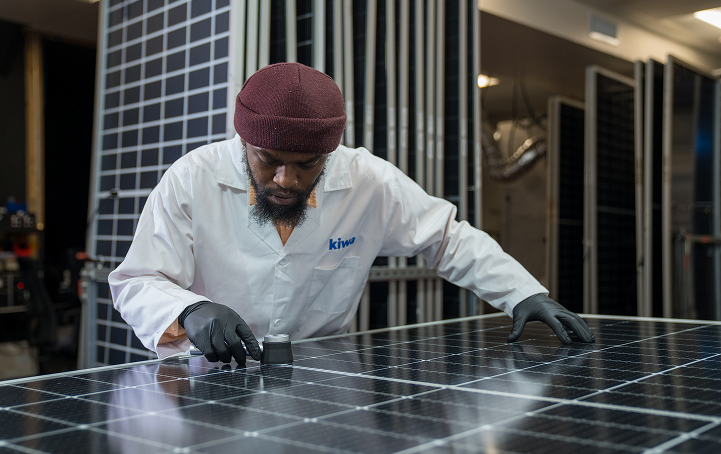
Dark Storage Metastability
Dark storage degradation observed in some TOPCon and HJT modules after UVID and field exposure.
This effect was most severe in UVID-sensitive TOPCon modules, at rates up to 1% power loss per day. While characterizations occur within 48 hours of UV exposure to minimize the extent, because of this issue UVID is not a Top Performer category this year but is likely to be included in the 2026 Scorecard. See the Test Result Spotlight section below for more.
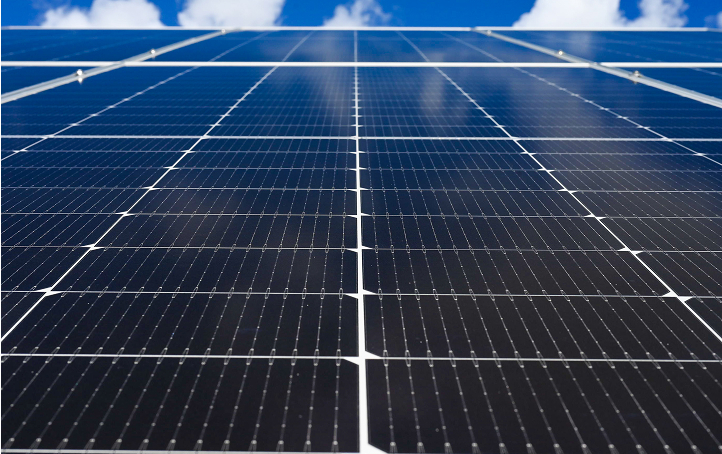
Encapsulant Choice Matters
Encapsulant additives and UV cut-off wavelength are critical parameters.
UV-induced degradation is more pronounced in modules with UV-transparent front encapsulants that have a cut-off wavelength below 340 nm. UV-blocking front encapsulants or light down-conversion encapsulation additives resulted in lower power degradation following UV testing.
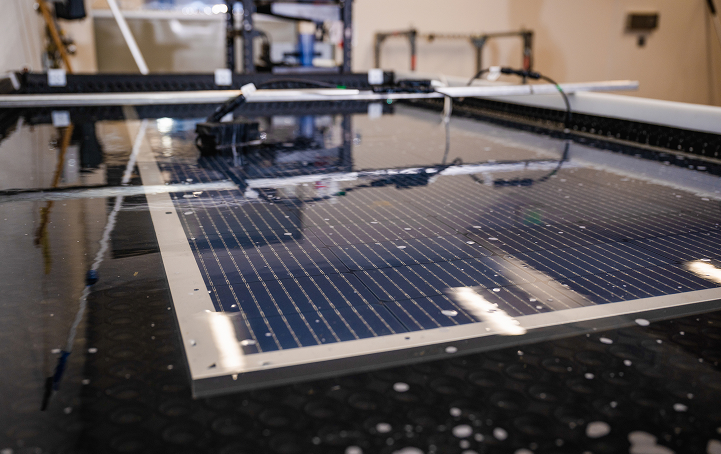
Field Reliability Challenge
Outdoor exposure reveals some TOPCon and HJT BOMs are UVID-susceptible.
The PQP’s optional Field Exposure test has identified some BOMs with significant degradation (median: 2%, maximum: 8%) following one year of deployment in Davis, CA. This has been mainly attributed to UVID since the combined power loss from these BOMs following LID and LETID is less than 1% and the EL images show a distinct checkerboard pattern.
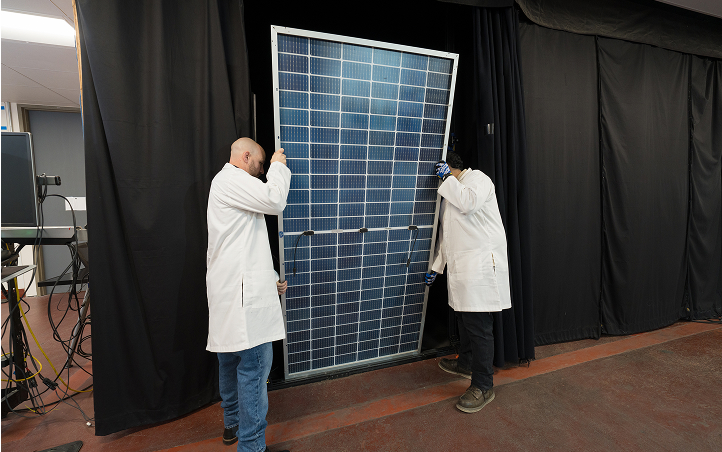
UVID Test Result Spotlight
Kiwa PVEL has recently observed the signs of metastability in some UVID-stressed and field-exposed modules where significant power loss occurred when the modules were stored in the dark after the test’s conclusion. An example of that is shown below, where the module degraded to 4.5% following 120 kWh/m2 of UV exposure, but this degradation almost doubled after this when the module was in dark storage for 31 days. A partial recovery of the degradation was obtained by subjecting the module to a short full-spectrum light soak for 0.1 kWh/m2 under open-circuit conditions, but the degradation remained at >4%, signifying a clear susceptibility to UVID.
UVID Power Degradation
UVID is more pronounced in TOPCon and HJT modules compared to PERC, as shown in the graph below. Both TOPCon and HJT show a broad range of UVID susceptibility, suggesting variability in bill of materials, cell process non-uniformities and cell design, with both high- and low-performing configurations present. Notably, the majority of TOPCon modules experienced power losses exceeding 3% after 120 kWh/m2 of UV exposure, which approximates one year of outdoor exposure. This degradation is likely driven by a combination of UV-transparent encapsulants and thinner anti-reflective coatings on cells. Encouragingly, more recent UVID test results are starting to show improved performance, indicating that manufacturers are actively progressing toward better UV stability in module designs.
Outliers with >10% degradation are not shown. In some cases, these cause a significant reduction in the mean.

